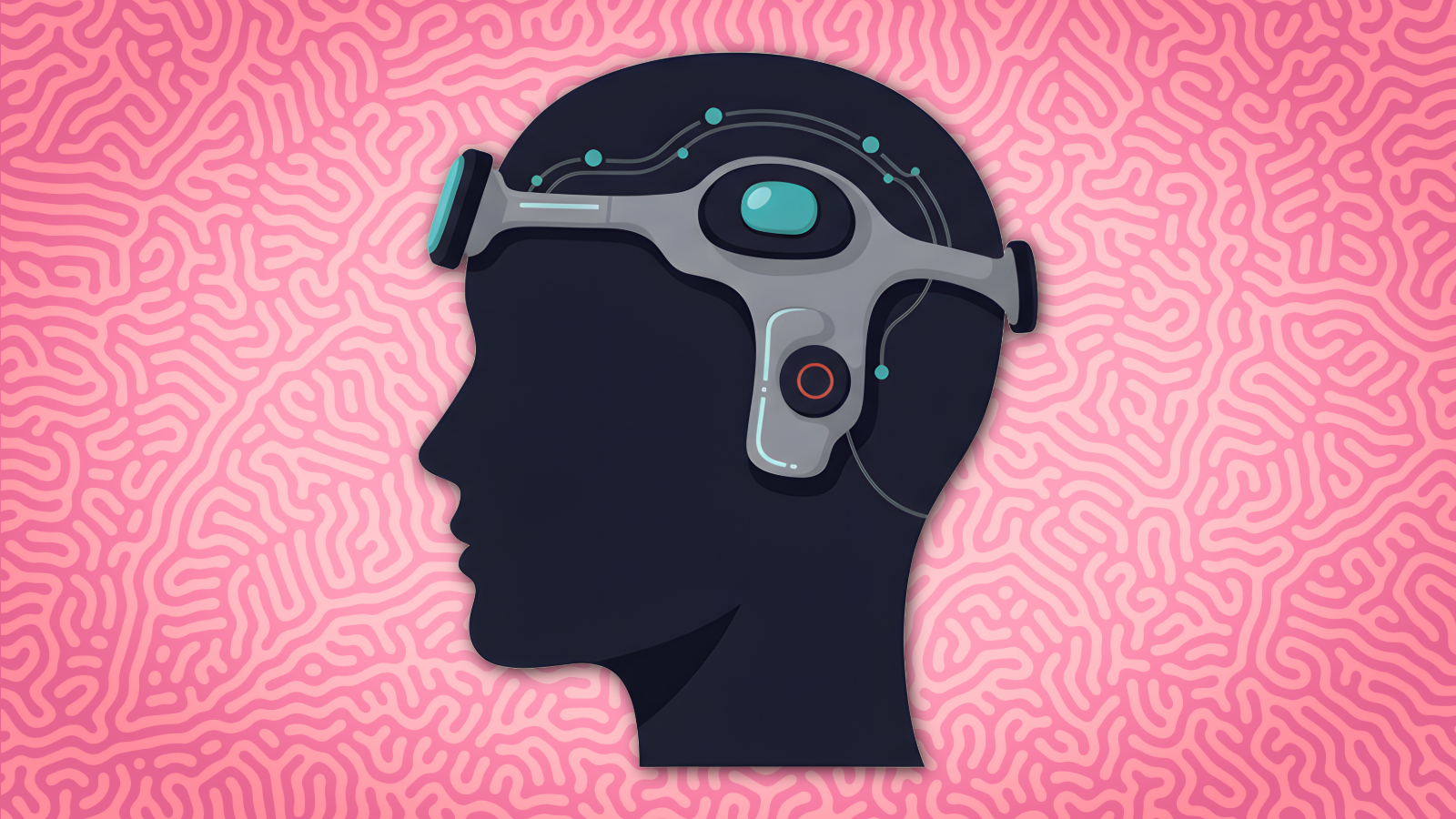Future Impact of Brain-Computer Interfaces

While artificial intelligence (AI) is undeniably the defining technological wave of the current decade, transforming sectors from finance to healthcare with its advanced capabilities in drafting legal contracts, designing chips, and discovering drugs, a pertinent question arises among forward-thinkers: What exponential technology will follow AI and similarly reshape the world?
The answer, for many, points to brain-computer interfaces (BCIs). Often perceived as a concept confined to science fiction, BCIs are rapidly emerging as a very real, investable, and potentially multi-trillion-dollar technological frontier. These systems enable direct communication between the human brain and external devices, circumventing traditional input methods like keyboards or touchscreens. By translating the brain's electrical signals into digital commands, BCIs allow for actions such as moving a cursor with thought, typing mentally, or controlling robotic limbs through sheer intention.
Significant advancements over the past decade in neuroscience, computing, and miniaturized sensor technology have propelled BCIs from theoretical possibility to practical application. BCIs primarily fall into two categories: invasive BCIs, which require surgical implantation into the brain (e.g., Elon Musk’s Neuralink), and non-invasive BCIs, which detect brain activity from outside the skull using devices like EEG headsets or neuro-sensing headbands. While invasive BCIs offer high-bandwidth communication, non-invasive variants are safer, more cost-effective, and closer to mass-market deployment.
The cutting edge of BCI technology in 2025 showcases remarkable progress. Neuralink recently achieved a milestone with its first human implant, allowing a quadriplegic patient to control a computer cursor via thought. Synchron, another brain-implant startup, is conducting human trials with a less invasive device inserted via blood vessels. Concurrently, non-invasive players such as Emotiv, Neurable, and Kernel are developing sleek neurotech headsets capable of tracking focus, mood, and mental fatigue, with some even enabling mind-controlled video games. Governments, including the U.S. Defense Advanced Research Projects Agency (DARPA) through its NESD program, are investing billions in BCI research. Elite university labs are also contributing, with Stanford restoring movement in paralyzed patients, UCSF decoding words from brain activity, and MIT demonstrating non-invasive BCIs that interpret inner speech and control devices via thought.
The potential applications of BCIs are extensive, spanning medical restoration (aiding paralyzed patients in controlling prosthetics, communication, and regaining motor function), wellness and cognition (monitoring stress, mood, and attention, and potentially enhancing memory or learning), gaming and virtual reality (mind-controlled avatars and immersive gameplay), augmented reality glasses and hands-free computing, and even human-AI fusion, enabling real-time interaction with AI through a direct brain link.
For the near term, the most significant mass-market opportunity lies in consumer neurotech. While invasive BCIs are transformative for medical patients, their mainstream adoption is limited by the need for surgery. Instead, the next decade's BCI market is expected to be dominated by non-invasive wearables such as headbands, glasses, and earbuds that read brain signals to enhance mental performance, improve focus, detect early signs of illness, or facilitate hands-free navigation of digital interfaces. This consumer neurotech segment is already attracting significant investment and development from major tech companies.
Social media giant Snap has acquired NextMind, a neurotech startup focused on mind-controlled AR interfaces. Meta purchased CTRL-labs, which developed a wristband reading neural signals from the arm, paving the way for future hands-free AR control. Kernel offers commercial-grade helmets for real-time brain activity tracking for cognitive performance, while Emotiv sells EEG-based devices for meditation, gaming, and productivity. Sony holds patents for brainwave-integrated VR, and quietly, Apple and Alphabet are amassing patents and talent in the neurotech space. Conservative estimates project the consumer neurotech market to reach $20 billion to over $100 billion by 2035, depending on adoption rates and regulatory advancements.
For investors, while many pioneering neurotech startups remain private, numerous public companies are actively building, acquiring, or powering the future of consumer BCIs. Key public-market investment opportunities can be categorized into BCI Platform Leaders like Meta, Snap, Apple, Alphabet, and Sony, all poised to integrate BCI controls into their extensive ecosystems. Hardware Enablers, providing essential components, include Analog Devices (signal amplifiers, biosensing chips), Texas Instruments (mixed-signal processors), Taiwan Semiconductor (advanced chips), Unity Software (engine for BCI-compatible apps), and Corning (materials for wearables). Additionally, Wellness & Adjacent Players such as Garmin, Fitbit (via Alphabet), Medtronic, and Boston Scientific present potential plays as they evolve their health-monitoring and medical neurotech offerings.
The trajectory for BCI adoption, though not immediate, is becoming increasingly clear. This shift, much like the advent of the iPhone or smart speakers, may start subtly but promises to mark a new era in technology. As AI continues its rapid expansion, brain-computer interfaces demand attention as the potential next trillion-dollar tech supercycle, representing an innovation that, despite sounding futuristic, is rapidly becoming a tangible reality, poised to reward early foresight.












